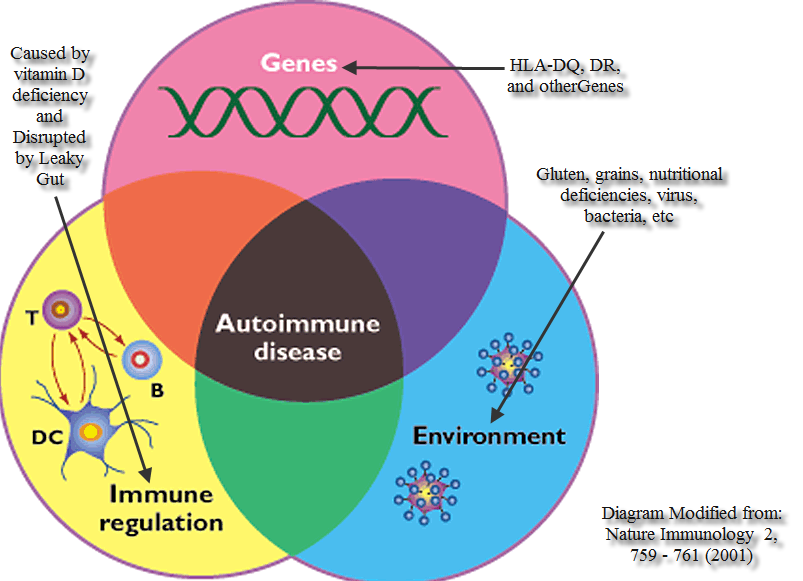
The report published in The Lancet, a recognized medical journal, revealed that despite a substantial increase in health expenditure, the UK only occupies 12th place in the list of 19 countries including France, the US, Canada and Australia.
"The UK performed significantly worse than the EU15+ for age-standardized death rates, age-standardized YLL rates, and life expectancy in 1990, and its relative position had worsened by 2010," the report from The Lancet magazine said.
The report was based on the data extracted from the Global Burden of Diseases, Injuries, and Risk Factors Study 2010, which analyzed health figures for the UK and 18 other nations.
According to the findings when it comes to premature mortality the worst rankings were for men and women aged 20-54 years.
Overall life expectancy has improved in the UK by 4.2 years, but other countries have improved faster, with Spain, Italy and Australia leading the list.











Comment: The author is clearly stating (based on well researched data): Enjoy Saturated Fats, They're Good for You! Read more about the numerous benefits of saturated fats: